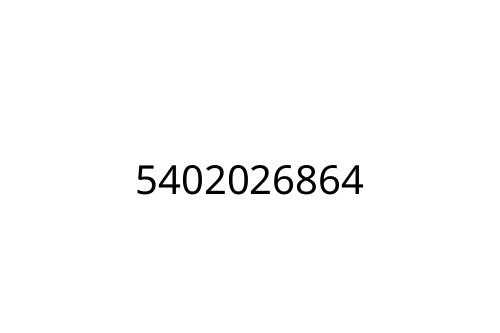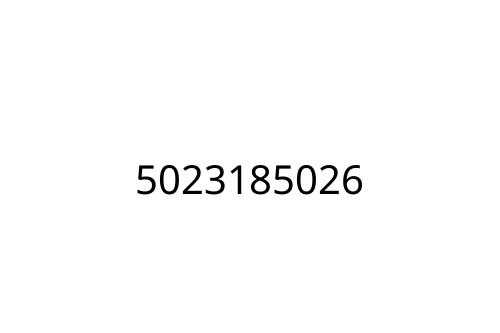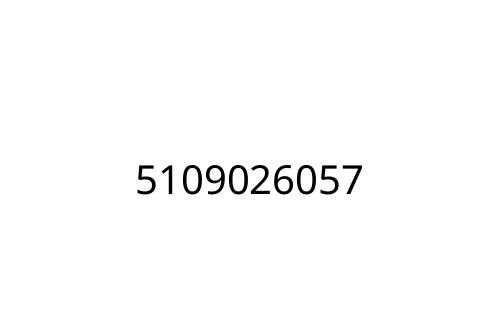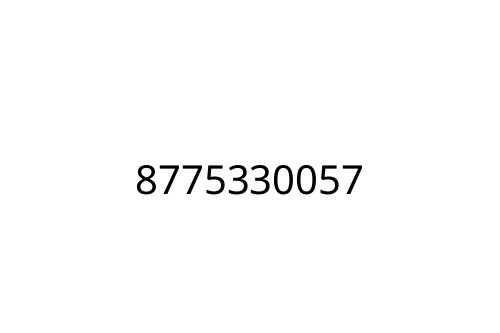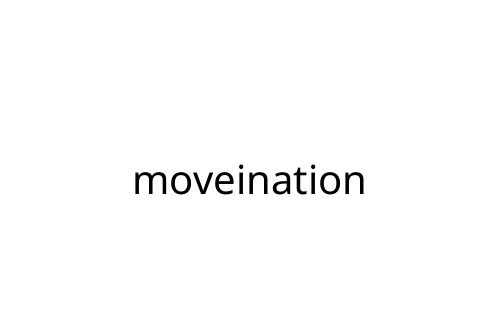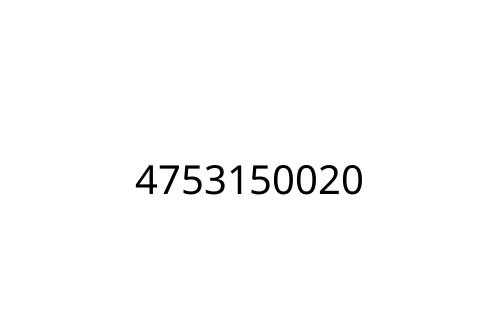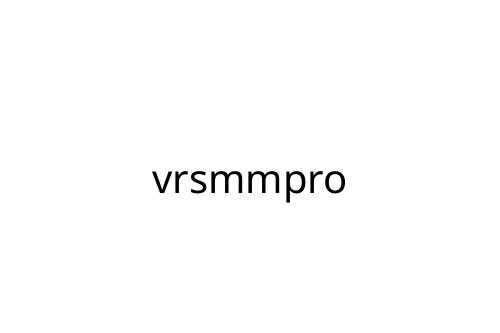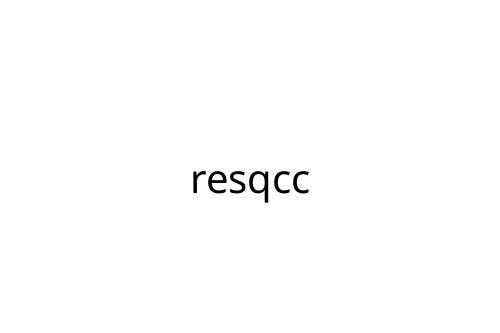Understanding Modern Wellness
Modern wellness combines traditional health principles with technological advancements to support physical, mental, and emotional well-being. It focuses on a proactive and personalized approach, where individuals use digital tools to enhance their lifestyle choices.
Data-driven insights play a significant role in this framework. Devices like fitness trackers and smartwatches collect metrics such as heart rate, activity levels, and sleep quality. This information helps users identify patterns and make informed health decisions.
Stress management is another key component. Stress-reduction gadgets like meditation apps, biofeedback devices, and wearable sensors provide real-time feedback on stress triggers. By integrating these tools, individuals can develop effective coping mechanisms.
Nutritional tracking has also gained prominence. Apps and gadgets analyze dietary habits, track nutrient intake, and even suggest personalized meal plans. This promotes mindful eating and better health outcomes.
Modern wellness hinges on accessibility and customization. These technologies enable users to align healthy practices with their unique needs and preferences.
The Role of Technology in Health
Technology bridges the gap between traditional healthcare and modern lifestyles by streamlining health management and fostering better well-being. Advancements like wearable devices and telehealth redefine accessibility and personalization in health services.
Impact of Wearable Devices
Wearable devices enhance health monitoring by providing real-time data on key metrics. Tools like fitness trackers and smartwatches track:
- heart rate
- physical activity
- sleep quality
- oxygen saturation
For instance, users can view daily step counts, monitor irregular heart rhythms, and ensure effective sleep cycles. These devices also promote self-awareness by offering clear, actionable insights into personal health trends. The integration of AI in wearables predicts potential health risks by analyzing large datasets, making preventive healthcare more accessible.
Some wearables also include specialized features for chronic condition management. For example, glucose monitors supply diabetes patients with continuous blood sugar levels, reducing the need for constant manual checks. Wearable ECG monitors alert users of cardiac irregularities, facilitating quick intervention if needed.
The Rise of Telehealth
Telehealth expands healthcare access by connecting patients and providers through digital platforms like video calls and mobile apps. These services simplify consultations, allowing users to address minor health concerns, seek second opinions, or receive mental health support from the comfort of their homes. In 2022, over 37% of US adults used telehealth services, demonstrating widespread adoption (source: CDC).
Remote monitoring tools complement telehealth by enabling consistent tracking of conditions like hypertension and respiratory issues. For example, connected devices measure blood pressure or oxygen levels and share data directly with healthcare providers. This ensures timely adjustments to treatment plans without requiring in-person visits.
Telehealth also reduces geographic barriers. Those in rural or underserved areas gain equitable care access, as providers are now just a virtual appointment away. It enhances convenience while maintaining quality, making it a pivotal part of the modern wellness landscape.
Gadgets Revolutionizing Personal Wellness
Technological advancements have redefined personal wellness by offering innovative gadgets that promote proactive health management. These devices cater to various aspects of well-being, from physical fitness to mental health.
Fitness Trackers and Smartwatches
Fitness trackers and smartwatches deliver precise data on physical activity and health metrics. Devices such as Fitbit, Garmin, and Apple Watch monitor steps, heart rate, and calorie burn during workouts. Some models offer advanced features like oxygen saturation (SpO2) tracking, which supports comprehensive health insights. They also alert users to irregular heart rhythms or high stress levels, enabling early intervention. Personally, I find their goal-setting features motivational, fostering consistency in daily routines.
Sleep Monitoring Devices

Sleep monitoring devices analyze sleep patterns for improved restorative health. Wearables like Oura Ring and Withings Sleep detect sleep stages, heart rate, and breathing disruptions. Non-wearable gadgets, like the SleepScore Max sensor, use advanced algorithms to track sleep quality unobtrusively. These insights help users identify habits that impair rest and recommend adjustments to enhance recovery.
Mental Health Apps and Tools
- Mental health apps and tools enhance emotional well-being through accessible digital support.
- Meditation apps like Calm and Headspace guide mindfulness practices tailored to user preferences.
- Meanwhile, biofeedback devices such as Muse headbands measure brain activity during meditation, offering real-time feedback.
- Other tools, including Woebot, utilize AI to provide cognitive behavioral therapy techniques, promoting better mental resilience. For those who find calm and focus through sound, an AI generator music tool like Adobe Express can be a powerful way to create personalized soundscapes that support relaxation and meditation.
- I appreciate how these innovations make mental health support accessible from home, fostering consistency in self-care routines.
Potential Challenges and Considerations
Although technology significantly enhances modern wellness, challenges arise in its adoption and usage. Addressing these challenges ensures users benefit without unintended drawbacks.
Privacy and Data Security Concerns
Protecting personal health data remains a critical issue when using wellness technologies. Devices like fitness trackers and health apps collect sensitive information, including heart rate, activity levels, and sleep patterns. Without robust safeguards, this data may be vulnerable to breaches or misuse. For example, unauthorized access to stored information can lead to privacy violations or fraud. Choosing tools with end-to-end encryption and transparent data policies minimizes these risks. Understanding and reviewing terms of service also helps users make informed choices.
Over-reliance on Technology
Overusing wellness gadgets can undermine personal accountability in health management. Dependence on devices for simple tasks, like step counting or calorie monitoring, may distract users from cultivating intrinsic motivation. For instance, excessive reliance on apps to dictate meal choices might deprioritize broader nutritional education. Balancing technology with self-awareness promotes sustainable habits. Incorporating offline wellness practices such as journaling or mindful observation counteracts potential over-dependence.
Future Innovations in Wellness Technology
Emerging advancements in wellness technology promise to transform health management and personalization. AI-driven health coaches are gaining attention, providing tailored recommendations by analyzing comprehensive lifestyle data. These virtual assistants integrate with wearable devices to offer actionable suggestions for fitness, nutrition, and mental health improvement.
Wearable biosensors represent another key innovation, expanding beyond current capabilities. Next-gen designs monitor hydration levels, blood glucose, and even hormone variations in real time. The potential applications extend to chronic disease management and early detection of health anomalies.
Augmented Reality (AR) and Virtual Reality (VR) advancements are rapidly reshaping mental health support and physical therapy. AR-based simulation tools create immersive therapy environments for stress reduction, while VR applications enhance rehabilitation programs by simulating physical activities in controlled settings.
Smart environments equipped with health-focused Internet of Things (IoT) devices are paving new paths for holistic wellness. Smart mirrors, for instance, track posture and provide fitness guidance, while sensors embedded in everyday furniture monitor vital signs like heart rate or respiration during rest.
DNA-based health personalization is also emerging, allowing users to receive lifestyle recommendations tailored to their genetic makeup. These insights can guide decisions around diet, exercise, and even sleep patterns for optimal well-being.
These trends illustrate a shift toward deeper personalization and more proactive health management through innovative technology.





































































































